Abstract:
This article delves into the therapeutic benefits of clapping hands during Kirtan, a form of devotional service. Drawing on insights from neuroscience, psychology, traditional medicine, and spiritual discourse, we explore the intricate sensorimotor connection underlying haptic perception. Additionally, we elucidate the physiological and psychological effects of clapping, while examining its role in fostering spiritual connection and overall well-being. Through a synthesis of empirical research, ancient wisdom, and cultural practices, we shed light on the profound implications of this age-old tradition in promoting holistic health and spiritual growth.
Introduction:
In today’s fast-paced world, characterized by rapid technological advancements and digital overload, it’s important to recognize the value of traditional practices deeply rooted in spiritual heritage. One such practice is the act of clapping hands during Kirtan devotion, which serves as a powerful tool for achieving holistic well-being. This article delves into the multifaceted nature of clapping within the context of Kirtan, offering insights into its therapeutic significance and its relevance in our modern lives.
The Sensorimotor Hands-Brain Connection:
Haptic perception, encompassing our sense of touch, plays a pivotal role in shaping our interactions with the external world and fostering interpersonal connections. Drawing on insights from neuroscientist Linden, we delve into the intricate sensorimotor pathways that underlie touch perception, highlighting the role of physical contact in building trust and emotional bonds. In an era dominated by digital interfaces, the resurgence of body-focused approaches underscores the importance of rekindling our tactile engagement with the world.
The Healing Essence of Clapping:
The healing essence of clapping hands extends far beyond its superficial association with celebration; it taps into a rich tradition of ancient wisdom that recognizes the profound therapeutic potential of this seemingly simple gesture. Drawing on principles from Ayurveda, the traditional Indian system of medicine, and the concept of marma points, as well as insights from acupressure, we can understand how the rhythmic motion of clapping activates these vital energy centres, promoting physiological harmony and revitalizing organ function.
In Ayurveda, marma points are considered crucial intersections of energy within the body, akin to acupressure points in traditional Chinese medicine. These points are believed to correspond to various organs, systems, and functions of the body, and stimulating them can have profound effects on health and well-being. When we clap our hands, the impact resonates through the palms, activating these marma points and facilitating the flow of energy throughout the body.
The rhythmic motion of clapping not only stimulates the marma points but also enhances blood circulation and lymphatic drainage. This increased circulation helps to oxygenate tissues, remove toxins, and nourish organs, promoting overall health and vitality. Additionally, the repetitive action of clapping can help to release tension and stress held within the muscles and fascia, leading to a sense of relaxation and well-being.
Empirical research and anecdotal evidence support the diverse health benefits of clapping hands. Studies have shown that regular clapping can improve cardiovascular function by increasing heart rate and blood flow. It can also boost the immune system by stimulating the production of white blood cells, which are essential for fighting off infections and illness. Furthermore, clapping has been found to have positive effects on mental well-being, reducing anxiety and depression while promoting feelings of joy and relaxation.
Moreover, the act of clapping during Kirtan devotion adds another layer of significance to its healing essence. In the context of spiritual practice, clapping becomes not only a physical exercise but also a form of devotion and connection with the absolute beauty, of Sri Krishna. The rhythmic beat of clapping hands resonates with the rhythm of the universe, aligning the practitioner with a deeper sense of harmony and inner peace.
In conclusion, the healing essence of clapping hands is a testament to the wisdom of ancient traditions and the interconnectedness of body, mind, and spirit. By engaging in this simple yet powerful practice, we can tap into the innate healing potential of our bodies and cultivate a sense of balance and well-being in our lives. Whether as a form of celebration, spiritual devotion, or self-care, clapping hands offers a gateway to holistic health and vitality.
Physical and Mental Wellness:
Clapping during Kirtan, beyond its traditional role as a form of celebration or spiritual expression, indeed serves as a holistic therapy with multifaceted benefits for both physical and mental well-being. Empirical studies have shed light on the cardiovascular advantages of this practice, revealing improvements in blood circulation and heart health.
Improved blood circulation is a key benefit of clapping during Kirtan. The rhythmic motion of clapping stimulates blood flow throughout the body, enhancing oxygen delivery to tissues and organs. This increased circulation not only nourishes cells but also helps to remove metabolic waste and toxins, promoting overall cardiovascular health.
Furthermore, clapping has been associated with improved heart rate variability (HRV), a marker of autonomic nervous system function and cardiovascular health. Research has shown that regular clapping can lead to increased HRV, indicating greater adaptability and resilience of the cardiovascular system to stressors.
In addition to its cardiovascular benefits, clapping during Kirtan has shown promise in alleviating respiratory conditions such as asthma. The rhythmic breathing patterns inherent in Kirtan singing, combined with the physical activity of clapping, can help to expand lung capacity and improve respiratory function. Moreover, the deep breathing techniques employed during Kirtan can help to reduce airway inflammation and promote relaxation, thereby easing asthma symptoms.
The immune-boosting effects of clapping during Kirtan are also noteworthy. Studies have demonstrated that rhythmic activities such as clapping can stimulate the production of white blood cells, which play a crucial role in the body’s immune response. By activating the immune system, clapping can help to defend against infections and illness, promoting overall health and well-being.
From a psychological perspective, clapping during Kirtan offers a range of benefits for mental health and emotional well-being. The rhythmic nature of clapping helps to synchronize brainwaves, promoting a state of relaxation and calm. This can be particularly beneficial for reducing anxiety and stress, as well as improving mood and emotional resilience.
Moreover, the communal aspect of Kirtan singing and clapping fosters a sense of connection and belonging, which can have positive effects on mental health. Studies have shown that social support and interpersonal connections are key predictors of psychological well-being, and participating in group activities such as Kirtan can enhance feelings of social connectedness and support. This ancient practice holds promise as a simple yet powerful tool for promoting overall well-being.
Nurturing Spiritual Connection:
In the sacred realm of Kirtan, the act of clapping transcends its mere physicality, becoming a catalyst for profound spiritual experiences and inner transformation. Drawing on the teachings of our Rishis and Acharya, we can explore how rhythmic clapping fosters a deep connection with the divine and ignites spiritual fervour within practitioners.
Clapping during Kirtan is not merely a mechanical action but a deliberate expression of devotion and surrender to an Ultimate power. As practitioners engage in the rhythmic beat of clapping hands, they enter into a state of deep concentration and mindfulness, allowing them to transcend the limitations of the ego and connect with the divine essence that permeates all existence.
The teachings of Vedic Scriptures like Ramayana, Mahabharata and Puranas emphasize the transformative power of devotional practices such as Kirtan. Through the repetition of sacred mantras and the rhythmic clapping of hands, devotees are invited to let go of their individual identities as enjoyers and merge into the transcendental bliss of serving the absolute beauty. In this state of surrender, practitioners experience a sense of being together, transcending the boundaries of ego and separation.
Devotional singing and dancing, accompanied by clapping, further deepen this sense of spiritual communion. As practitioners unite their voices in melodious chants and synchronize their movements in graceful dances, they create a sacred space filled with divine energy and bliss. The rhythmic pulse of clapping serves as a unifying force, binding individuals together in a shared experience of devotion and love for the divine couple, Sri Sri Radha Govinda Deva.
Through the practice of Kirtan, devotees can access profound states of inner peace and spiritual fulfilment. The repetitive nature of clapping and chanting helps to quiet the restless mind and dissolve the barriers that separate us from our true nature. In this state of surrender and openness, practitioners experience a profound sense of joy, contentment, and spiritual ecstasy.
Moreover, the communal aspect of Kirtan fosters a sense of belonging and connection among participants, reinforcing the collective experience of spiritual growth and transformation. As practitioners come together in a spirit of unity and love, they support and uplift each other on their spiritual journey, creating a supportive environment for inner exploration and self-discovery.
In conclusion, clapping during Kirtan is not merely a physical action but a sacred practice that catalyzes spiritual communion and inner transformation. Through the teachings of spiritual masters and the collective experience of devotional singing and dancing, practitioners can transcend egoic boundaries and connect with the Supreme that resides within and around them in the form of Paramatma. In this state of oneness and surrender, they find true fulfilment and joy in the embrace of divine love.
Embracing Ancient Wisdom in Modern Life:
In an age marked by technological advancement and materialistic pursuits, the ancient tradition of clapping hands during Kirtan offers a pathway to reconnect with our inherent spirituality and holistic well-being. We underscore the importance of honouring ancient wisdom in navigating the complexities of modern existence, advocating for the integration of traditional practices into contemporary lifestyles. By embracing the therapeutic significance of clapping, we embark on a journey of self-discovery, healing, and spiritual growth.
Conclusion:
In conclusion, this interdisciplinary exploration elucidates the profound therapeutic significance of clapping hands during Kirtan devotion, spanning physical, psychological, and spiritual dimensions. As we navigate the challenges of modern life, let us heed the wisdom of ancient traditions, embracing the transformative power of touch, sound, and spiritual resonance. Through the rhythmic beat of devotion, may we find solace, inspiration, and profound connection with the divine within and without.
Hare Krishna.
Dwonload full PDF here. Brahmacari, SKD (2024), “The reason behind clapping hands during Kirtan: An Interdisciplinary Exploration”, Mendeley Data, V1, doi: 10.17632/vch5d2ksjp.1
Views: 82

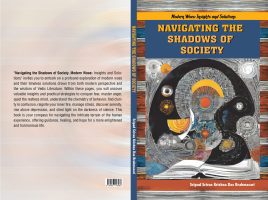
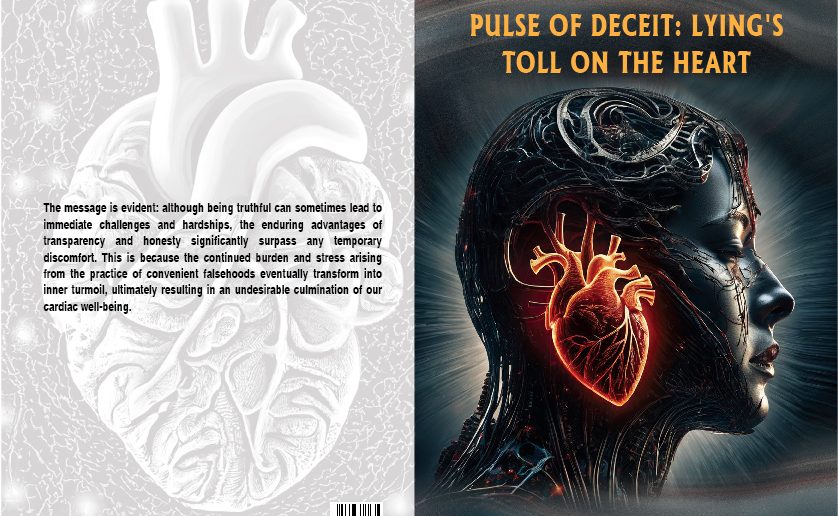


















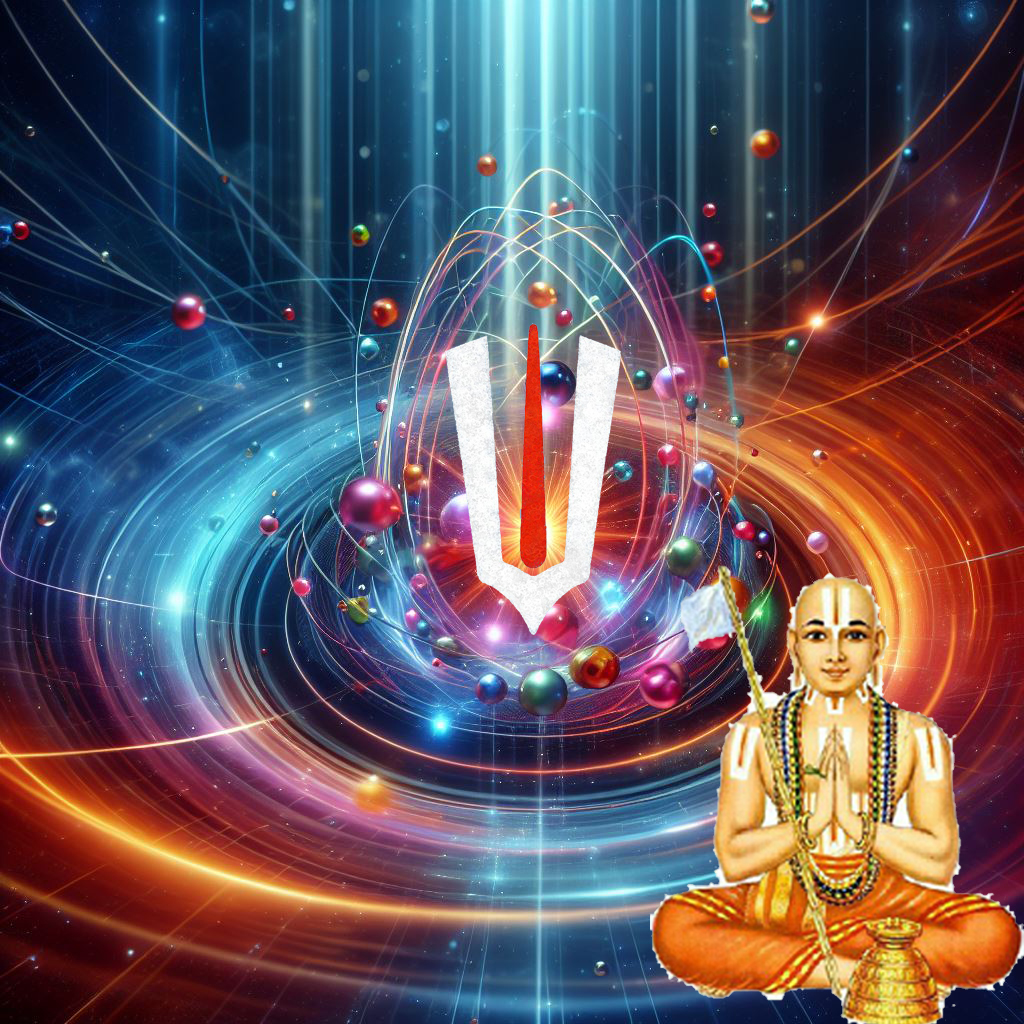



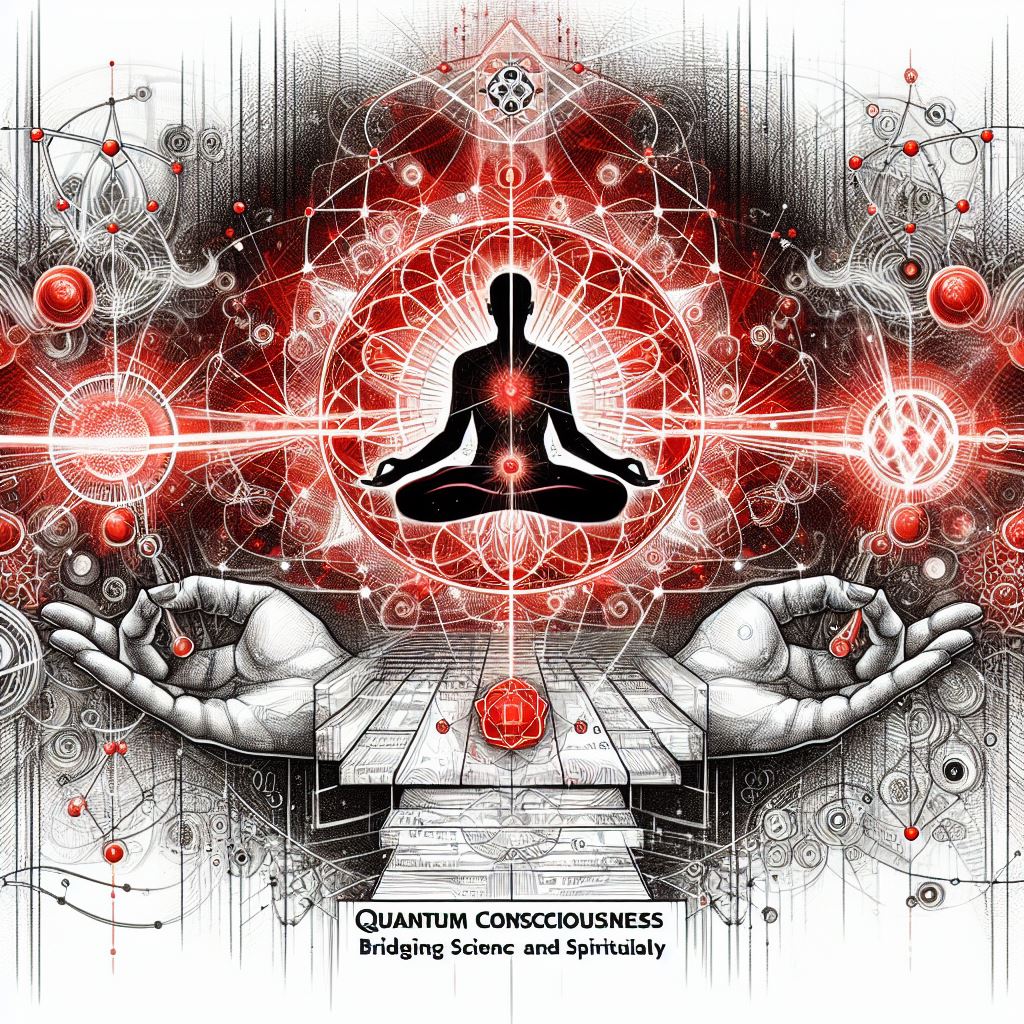

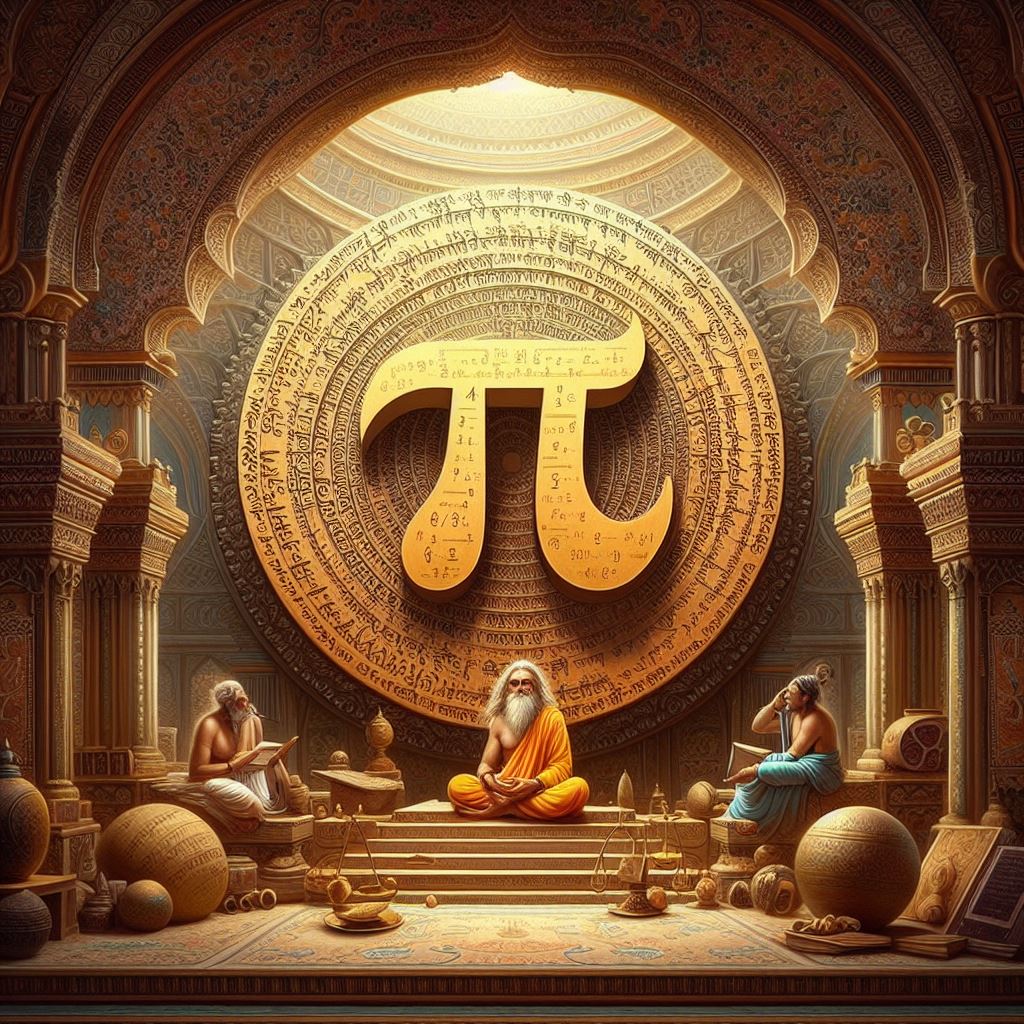
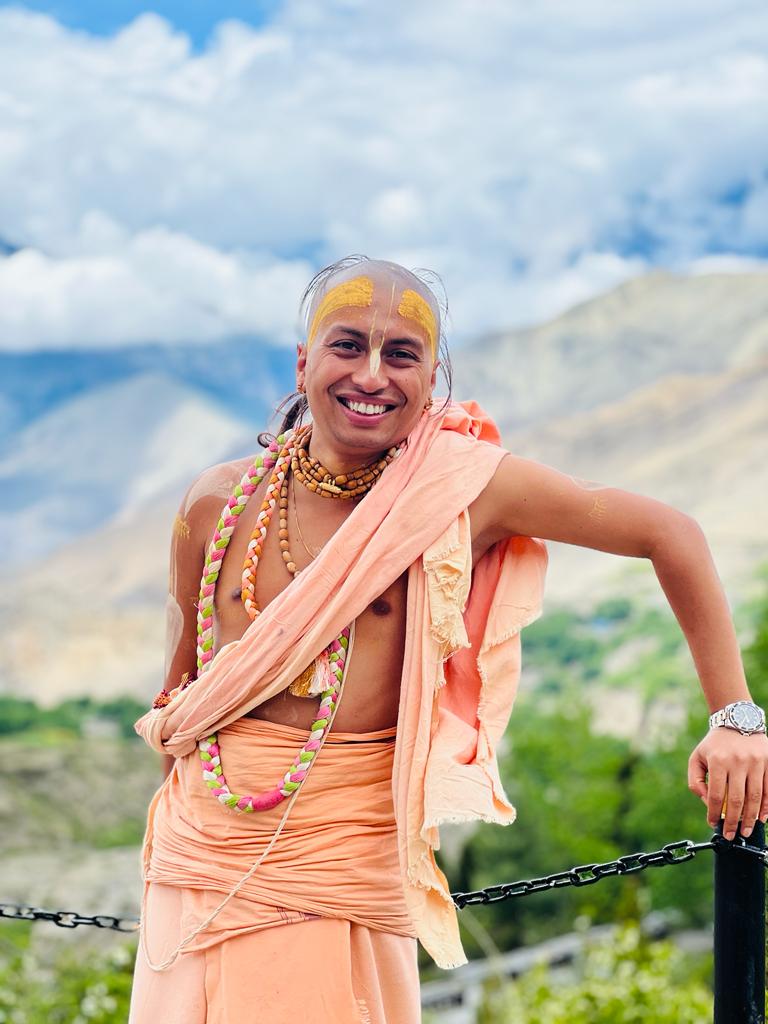
Origin of Science
Vedic Contributions to Geometry: Unveiling the Origins of Mathematics
Matter and Consciousness in Achintya Bhedābheda: Bridging with Quantum Physics
A Comprehensive Study of Aeroplanes and Aviation in Vedic Literature
Hydrology and the Water Cycle in Vedic Scriptures
Vedic Insights on the Speed of Light
Mysteries of Photosynthesis in Vedic Scriptures: A Journey through Ancient Wisdom
Parallel Universes and the Multiverse: Insights from Vedic Philosophy to Modern Science
Quantum Consciousness: Bridging Science and Spirituality through Vedic Philosophy
Exploring the Cosmic Symphony: Harmonizing Brain Waves and Planetary Frequencies
Understanding the Space-Time Continuum: A Comprehensive study on the Theory of Relativity; As revealed in Vedic literature
Revisiting vedic mathematical insights: exploring Pi in ancient texts
Revealing the Scientific Wonders of Vedic Scriptures: A Comprehensive View of Wisdom